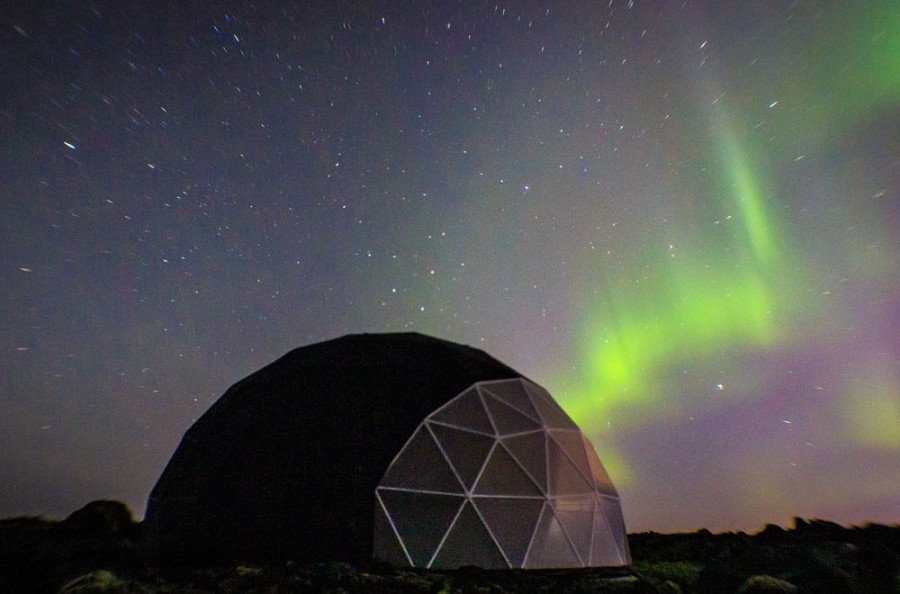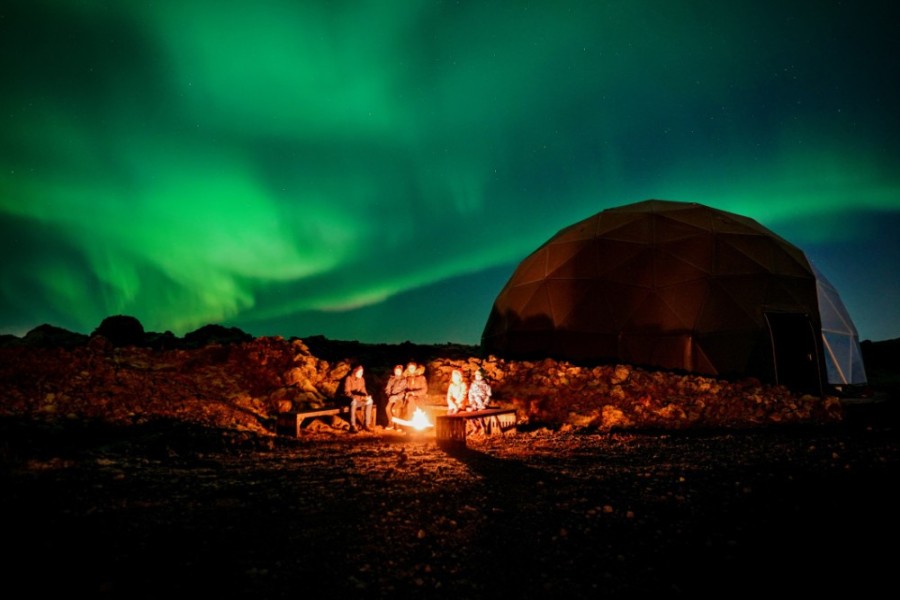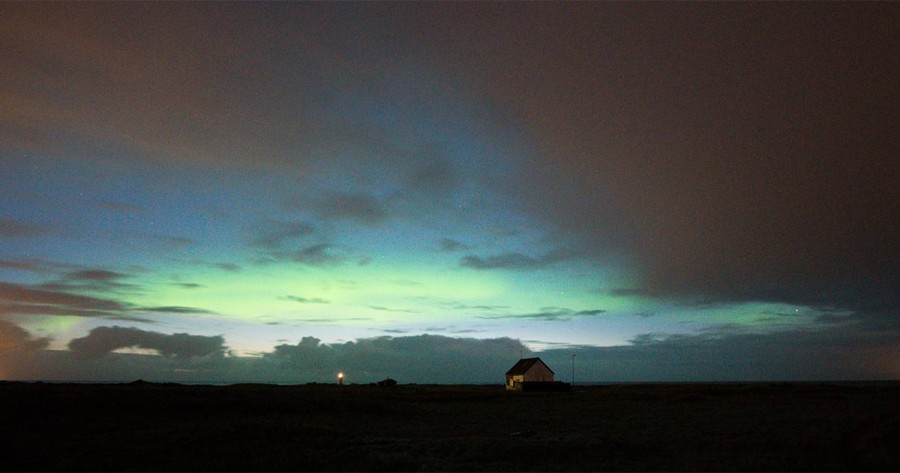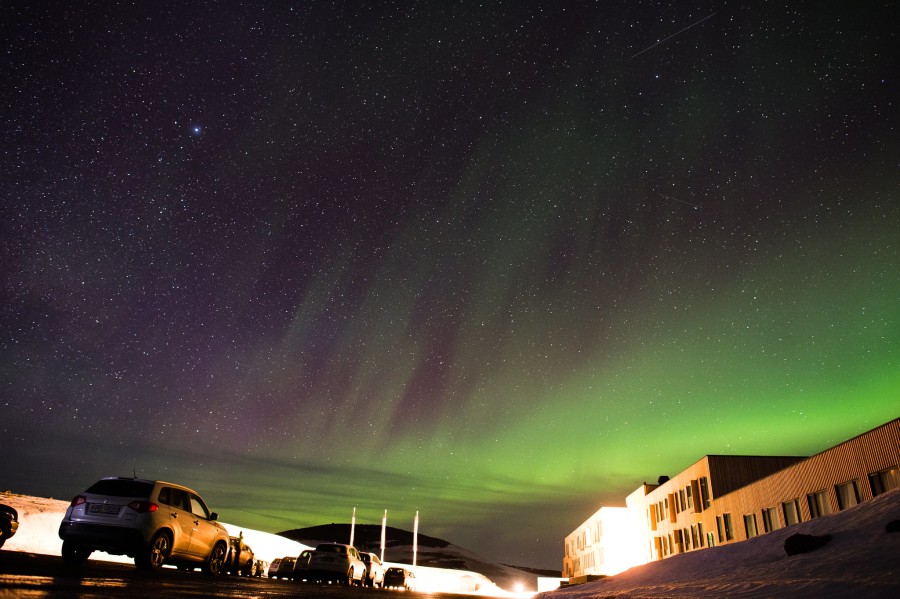Northern lights forecast for Iceland
Northern Lights Activity Meter
 Iceland
Iceland
Tonight's forecast
Unsettled
Predicted max at 06:00
Kp-index: 3.00
Understanding Northern Lights Forecast
The globe shows where and how strong the Northern Lights are likely to appear. Even with a low Kp index of 1 or 0, it’s still possible to see auroras, especially in places like Iceland. The key is to avoid heavy cloud cover, as even the strongest displays can be hidden by clouds. Keep an eye on the magnetic field as well; when it drops below zero, your chances improve. Aurora activity can change quickly, so it’s a good idea to check the conditions regularly.
Check out our Northern Lights Self Drive Guide
Recommended Activity

Aurora Basecamp
Iceland's only Northern Lights Observatory






